Lithium Mineral Characteristics
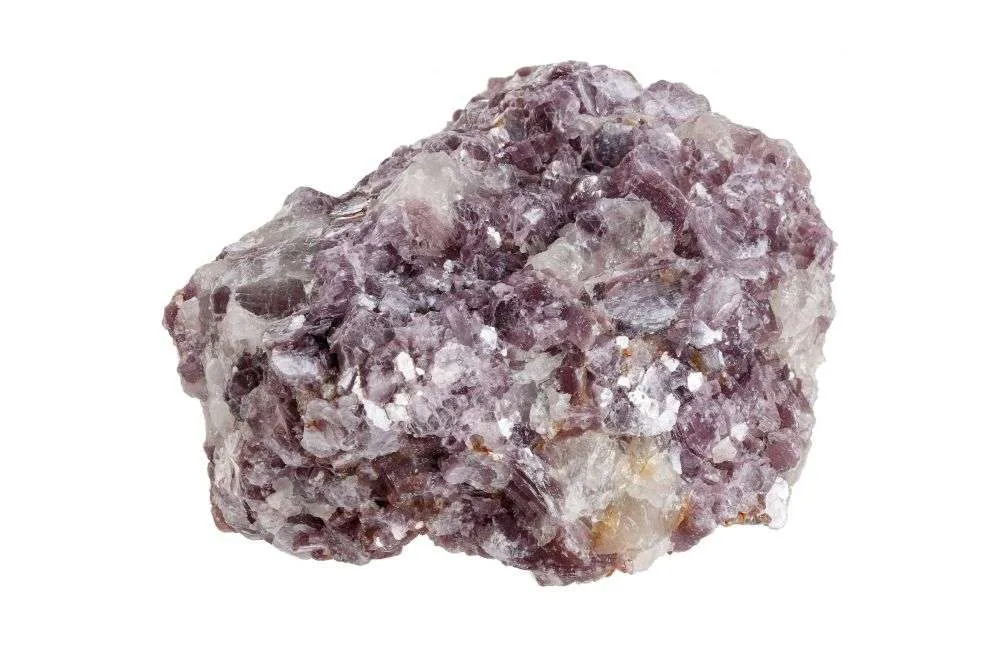
Lithium minerals are naturally occurring inorganic solids that contain lithium as a key component. These minerals vary in chemical composition, physical appearance, and geological origin, but all play a role in the global supply of lithium used in batteries, glass, ceramics, and pharmaceuticals.
Here’s a breakdown of the key characteristics of lithium minerals, including their physical traits, chemical makeup, and how they form in nature.
1. Chemical Composition and Structure
Lithium minerals are typically silicates, phosphates, or micas, with lithium bonded to elements like aluminum, silicon, oxygen, fluorine, and hydroxide.
Common lithium minerals and their chemical structures:
- Spodumene (LiAlSi₂O₆): A pyroxene silicate with a chain-like crystal structure
- Lepidolite (K(Li,Al)₃(Al,Si)₃O₁₀(F,OH)₂): A lithium-rich mica with a layered structure
- Petalite (LiAlSi₄O₁₀): A feldspathoid mineral with a rigid framework structure
- Amblygonite (LiAl(PO₄)(F,OH)): A phosphate mineral with a triclinic crystal system
These minerals form in granitic pegmatites, where slow cooling allows large crystal growth.
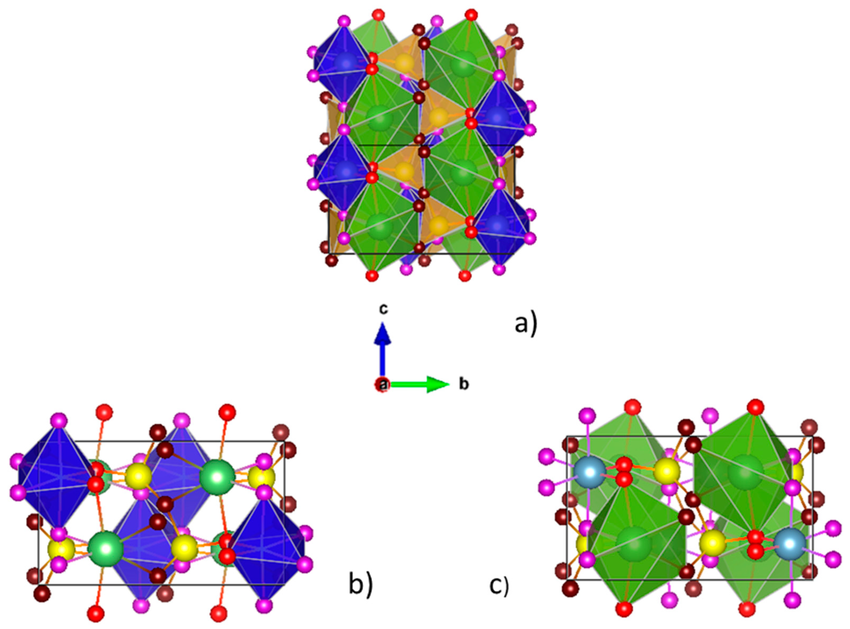
2. Physical Characteristics
Lithium minerals exhibit a range of physical properties that help geologists identify them in the field:
- Color:
- Spodumene: Colorless, gray, or green (hiddenite variety)
- Lepidolite: Pink, lavender, or gray
- Petalite: Colorless, white, or gray
- Amblygonite: White, cream, or pale yellow
- Hardness (Mohs scale):
- Spodumene: 6.5–7
- Lepidolite: 2.5–4
- Petalite: 6–6.5
- Amblygonite: 5.5–6
- Luster: Vitreous to pearly
- Cleavage: Varies—spodumene has good cleavage, while lepidolite has micaceous (sheet-like) cleavage
- Density: Generally low due to lithium content
- Crystal Habit: Prismatic (spodumene), flaky (lepidolite), or blocky (petalite)
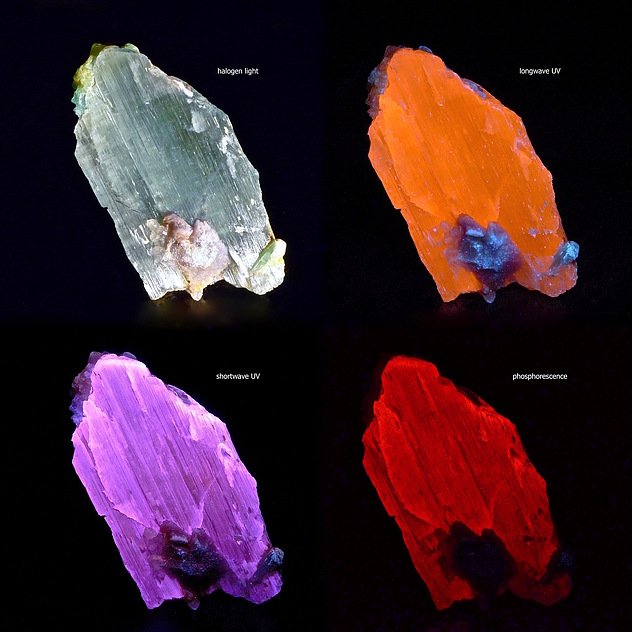
3. Geological Formation and Occurrence
Lithium minerals are primarily found in lithium-rich pegmatites, which are coarse-grained igneous rocks formed from the crystallization of magma. These pegmatites are often associated with granite intrusions and are enriched in rare elements like lithium, cesium, and tantalum.
- Formation environment: High-temperature magmatic processes
- Common associations: Tourmaline, quartz, feldspar, and tantalite
- Major regions: Australia, Brazil, Canada, and the United States
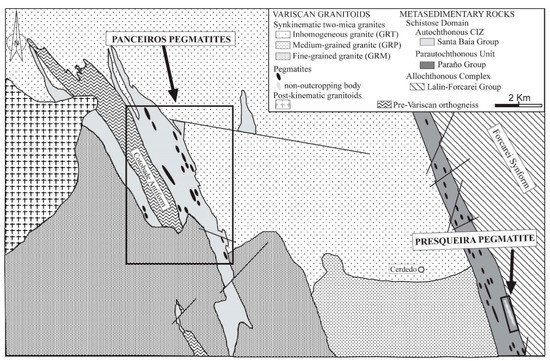
4. Economic and Industrial Importance
Lithium minerals are essential for producing lithium carbonate and lithium hydroxide, which are used in:
- Lithium-ion batteries for electric vehicles and electronics
- Glass and ceramic manufacturing (especially petalite)
- Pharmaceuticals (lithium carbonate for mood stabilization)
- Industrial lubricants and specialty alloys
The most economically important mineral is spodumene, due to its high lithium content and widespread use in battery production.
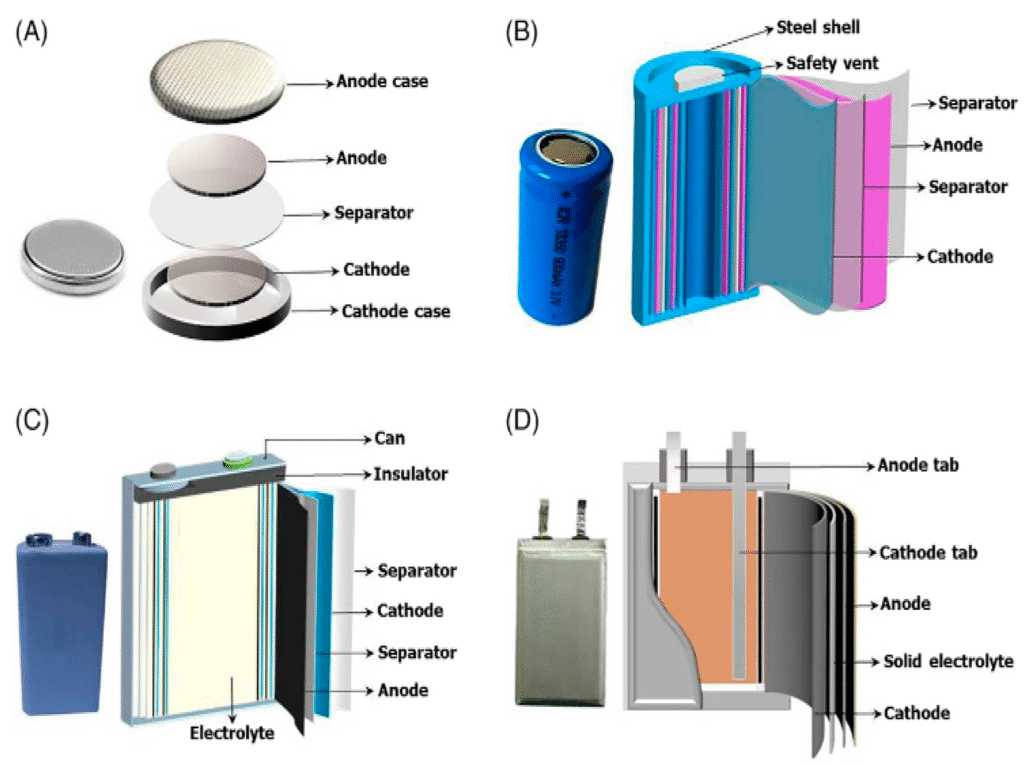
5. Behavior in Weathering and Environment
Lithium minerals are relatively stable under igneous conditions, but can undergo alteration during weathering. Some minerals like lepidolite are more prone to breakdown, releasing lithium into soils and groundwater.
- Weathering products: Clay minerals and lithium-enriched soils
- Environmental impact: Lithium from minerals can end up in groundwater and brines, contributing to lithium brine deposits
- Recycling potential: Lithium extracted from minerals can be recovered from used batteries and industrial waste
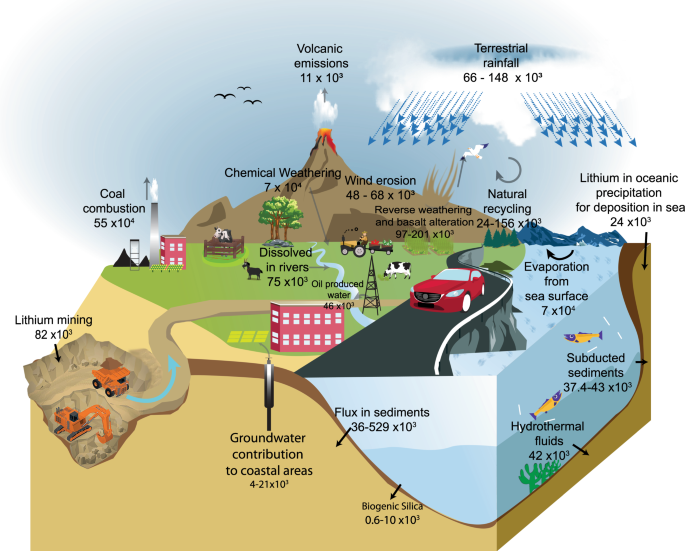
FAQs
Q1: What are the key characteristics of lithium minerals?
A1: Lithium minerals are typically light-colored, low-density silicates or phosphates, found in granitic pegmatites, with moderate to high hardness.
Q2: Which lithium mineral is most common?
A2: Spodumene is the most economically important and widely mined lithium mineral.
Q3: Are lithium minerals rare?
A3: Not extremely rare, but economically viable deposits are limited to specific geological settings.
Conclusion
The characteristics of lithium minerals—including their chemical composition, physical appearance, and geological formation—make them valuable for both industrial and scientific purposes. From spodumene’s prismatic crystals to lepidolite’s pink hue, these minerals not only support the clean energy revolution but also offer insight into Earth’s geological processes.

